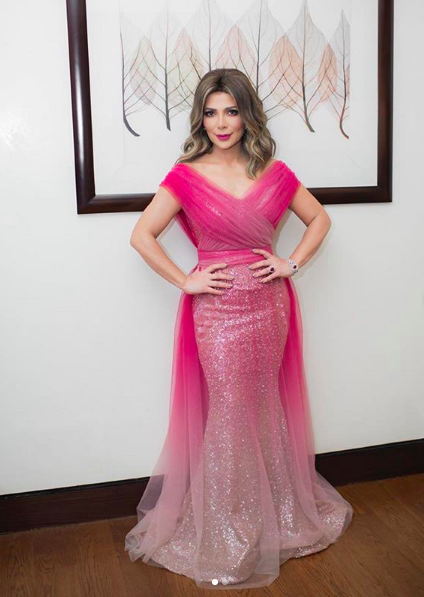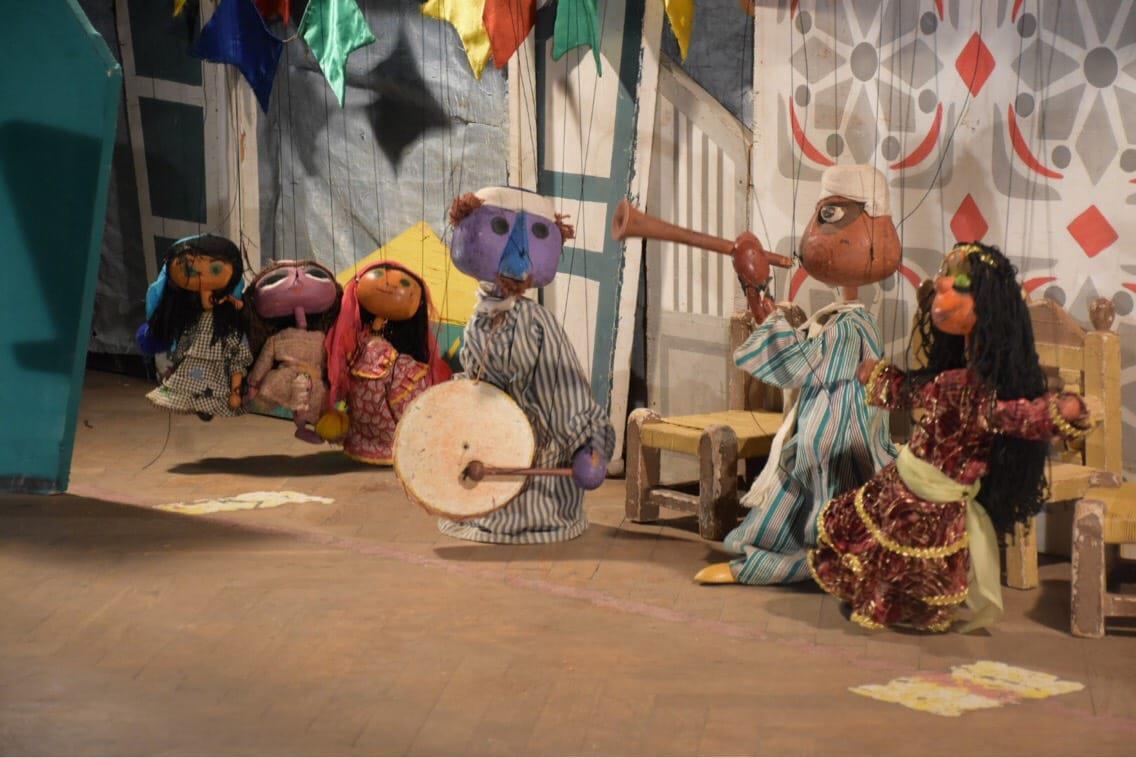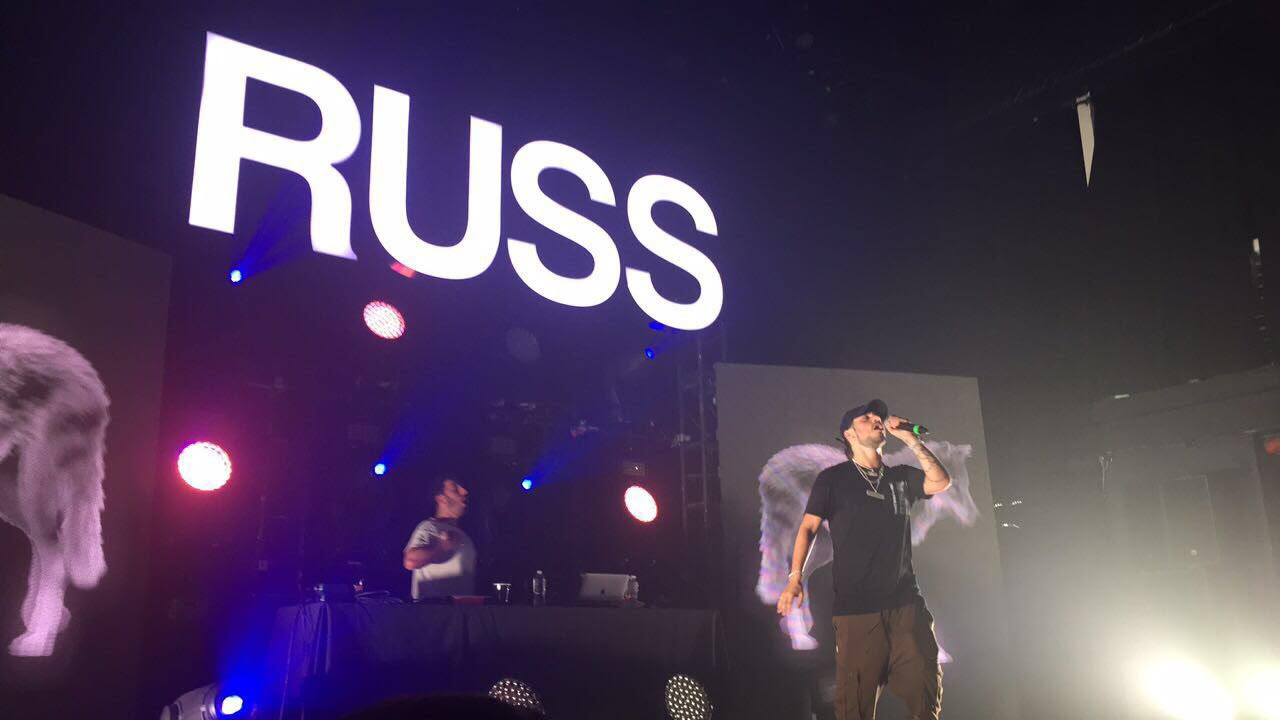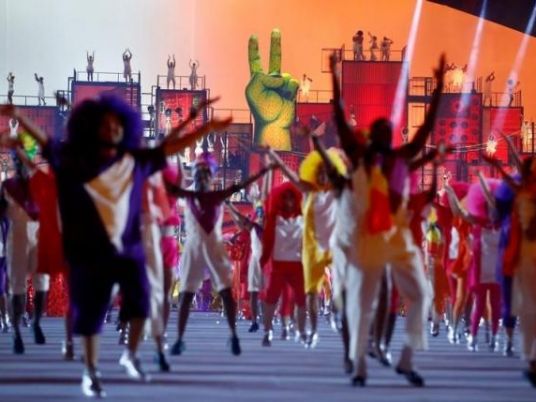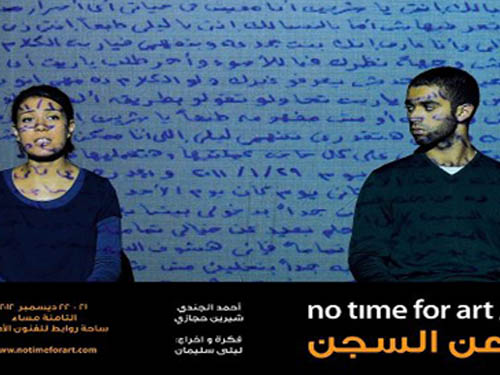
Ahmed and Sherif, two regular young men of the same age, speak about their confined lives, one a soldier, the other a prisoner; their narratives at times intersect.
Ahmed acts himself. Sherif is in prison, so he is played by his sister. And most of what she performs are words written to her in letters smuggled out of prison.
“No Time For Art /3,” the latest in a series of performances that explores life under military rule through a focus on the violence committed by the police and military before and after the ousting of Hosni Mubarak, consists of two intercutting testimonies.
One is doing his military service as the country erupts into mass protests leading to the fall of Mubarak. The other a prisoner, condemned at 19 to 25 years of imprisonment.
Neither Ahmed nor Sherif is particularly politicized or engaged in activism, though their narratives are political. Both stories are shaped by the revolution in fundamental ways. But it is more that the revolution shapes them from the outside, and beyond the choices, decisions and will of the protagonists. The ways in which the revolution shapes their stories is determined and filtered through the institutions –– the military and the prison.
The 18 days of revolution take place as Ahmed is in the military camp. With almost no access to the outside world, he –– along with his fellow conscripts –– try to piece together what has happened outside from fragments that filtered through. Their feelings about these momentous –– and to them hazy –– events are determined by the fact they are in the army. They are incredibly fearful of instability; if the upcoming period is unstable, that may mean extended military service.
Prisons across the country were opened during the 18 days, a tactic many say by which the regime sought to scare people. Sherif leaves prison. He does not escape but is essentially forced out at gunpoint. He has a glimpse of what life after prison is like. The appreciation of freedom, but also the social censure, the difficulty in finding meaningful work, the isolation, the struggle to live again.
And his “escape” from prison ultimately jeopardizes his retrial, and he is returned to confinement for the foreseeable future. The events of the revolution constitute another force that bears down on him –– compelling him to leave prison, and his return, his time in prison ultimately longer than what it may have been.
Some of the material for “No Time For Art” was preexisting and some specifically generated for the project. Sherif featured in the series’ first edition, with a testimony provided by a human rights organization. In the third edition, Ahmed’s account of his experience in the military is based on some writings he had done for himself and two Facebook notes, material he hopes to use for his own work as a visual artist. Theater director Laila Soliman then supplemented this material with some one-on-one interviews with Ahmed.
Sherif’s testimony is a series of letters, both to his sister and to Soliman herself, which are also projected onto the screen behind the actors. Supplementing the letters that Sherif had written to his sister – who plays him – the “No Time For Art” team smuggled letters in with additional questions, and his answers smuggled out.
Is this theater or performance, or perhaps documentary theater? While Soliman is interested in these questions in her art generally, here she said her concern and priority is the content.
Soliman does not allow herself to rewrite or rephrase any of the original material as she makes it into a text that will be performed. What she does do however is play with the order. “I do the bare minimum for it to be compelling to watch or listen to.”
Indeed there is almost no movement. In “No Time For Art /3,” the actors do stand up from time to time, while in the first edition there was not even this movement, and the performers remained seated throughout.
The military and the prison: the same, but different
There are crossovers in what Ahmed and Sherif experience, and in their narratives. In a sense, they are two narratives in dialogue with one another. They both talk about receiving visitors, about the food, about regulations. At times, they simply talk about the same things at the same time, a comment that one makes equally part of his own narrative as that of the other. And at times it is as if Soliman does not trust the audience and wants to make the connections as explicit as possible — as if she is unsure whether the audience will get it.
Both of them must get used to a life utterly unfamiliar to them. Both do indeed get used to it, and key to getting by, whether in the training camp or the prison, is an accumulation of knowledge –– especially figuring out who is who within the pecking order. It is about figuring out the hierarchy and positioning themselves within it.
Their relations with others outside change. The prisoner learns a huge sense of responsibility and affection to his parents, puts pressure on his sister to make up for his absence, and has a love affair thwarted. The soldier’s love story is shaped by the times he does not see her.
Institutional control, hierarchy, regulation, discipline, the denial of freedom bear down upon the prisoner and the soldier, but bear down on each quite differently.
“It is not about the violence of the extreme, it’s the violence of the non-extreme,” Soliman explains. Indeed, there are far more horrific stories to be told and heard. But it was a conscious choice to turn away from the explicit horror and outright violence.
That Sherif was framed and tortured until he signed a confession, that when he spoke about the torture in court, he was punished for it with a life sentence –– it being illegal for someone of the age of 19 to be given such a sentence –– is all absent from the performance.
“We wanted to tone down the really violent aspects, to bring out the commonalities,” Soliman says. She says they discovered more and more similarities as they went along.
Fundamentally, what binds the prisoner and the soldier is the way they lose control over their lives. Surrounded by hierarchy and violence –– or the threat of it –– they lead regulated confined lives, subject to the wills, and sometimes whims, of others.
Whether we see the military and the prison as two different but similar systems, or different parts of a broader system, they are united by systemic violence and institutions that allows for the control of another at the whim of those vested with authority. “It is about the corruption in the law, and in the lack of law,” Soliman says.
But in making these important parallels, Soliman does not collapse what the prisoner and the soldier are subjected to. She does not reduce the one to the other. The divergences are important, not only the parallels and connections.
When the prisoner is out of prison, he faces social exclusion and judgment. Even out of prison, he always bears the “shameful” mark of the prisoner. The soldier, out of the army, is seen as having served his country or simply done his duty, and is free to start his life.
Ultimately the prisoner is returned to prison, with no end in sight, and the soldier lives free. The divergence is fundamental.
Focusing on military and police violence may not be the most appropriate or pressing for right now, Soliman says. But the question is whether that means the end of this project, or an evolution of it. It is a project that has already evolved since its inception in April 2011.
Even in relation to the name, “No Time for Art,” Soliman says this began as a statement, and then became a question, and now it’s a provocation.”

